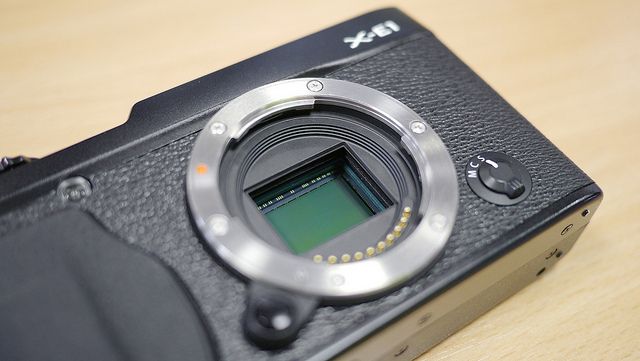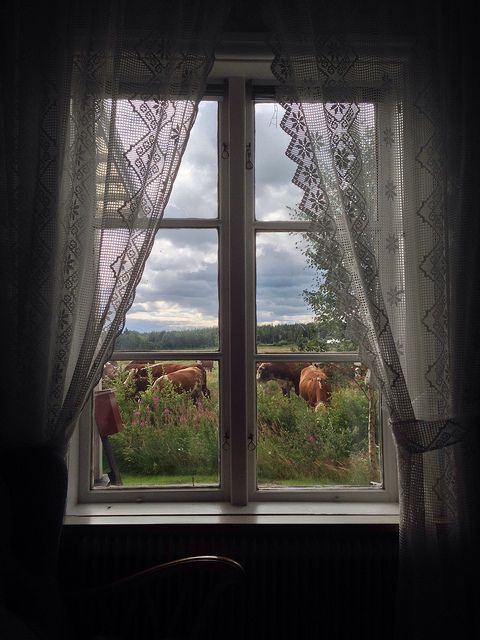When watching professionally shot digital film - say, on cameras like the RED Epic or an ARRI Amira - it's typically very apparent that you're watching something that's much higher quality than you could shoot with your iPhone. But why is that, though? What makes it so much better?
Some people will say it's camera resolution used, which is often true. 4K video and even 6K video can drastically affect image clarity. Then there are lenses - another major determining factor on the aesthetic of an image. Lighting often plays a role, and frame rate can as well, but in most films, even on the indie status level, frame rates are pretty much a standard 23.976 or 25 frames per second.
An often-overlooked feature of major importance is the camera's dynamic range. In short, dynamic range is the sensitivity of a camera to light and how it affects different shades of color– and it's got a huge part to play in getting that cinematic look.
Levels Of Light & Color
Think back to early game systems: we started with 8 bit color, and then 16 bit, and then 32 bit... The higher the quality of the system used, the more colors that could be used in the game, allowing for more complex images. Granted, it goes a little deeper than that.
Essentially, dynamic range is the range of accessible light that a particular camera sensor can "see," and it is often measured in something called stops. The more stops of light that a camera's sensor can see, the higher the dynamic range. As we all know, colors are merely reflections of light into our eyes, so the higher the dynamic range, the more capable a camera is of seeing a color in all ranges of its brightness.
A Canon DSLR typically has a dynamic range of something like 10-12 stops, while a professional-level cinema camera such as the ARRI Amira has a dynamic range of something like 14. This can be best shown in images of the sky, which often has a variety of lighting differences and color ranges.
https://www.anrdoezrs.net/links/7251228/type/dlg/sid/UUmuoUeUpU54037/http://vimeo.com/51782422
Above and below are a couple of videos showing the difference between a Canon 5D Mark III and the professional ARRI Amira. While the content isn't exactly the same, you can definitely tell that the range of brightness and color is quite different. Due to color grades and post-treatments, the untrained eye may not see as much of a difference, and it may take a couple of views to really see.
https://www.anrdoezrs.net/links/7251228/type/dlg/sid/UUmuoUeUpU54037/http://vimeo.com/100164665
Looking Through The Window
A good way to understand dynamic range is to simply look outside a window on a bright and sunny day. You're going to be able to see the inside of the room you are in quite well, and at the same time, you'll also be able to see the details of the colors outside.
Now take out your smartphone, open the camera app, and point it outside, tapping the window to expose for the outside light. Here, you will notice that the camera only shows the colors and details outside, almost blacking out everything indoors. On the other hand, if you expose for the room, everything inside will be visible while the window outside is quite bright, almost white!
There you have it: a simple exercise showing why having good dynamic range on your camera (and eyes!) helps. Nothing can compare to the human eye, but we can strive to get as close as we possibly can. The goal - at least from a technical perspective - is to get to a point where a camera can expose both for the indoor and outdoor light properly.
Hopefully, and this is just from a hypothetical perspective, dynamic range could eventually be a setting on one's camera quite similar to aperture, ISO, or shutter speed, for a more stylistic preference. Often, many filmmakers take advantage of the soft white light windows provide to a darkened room on camera, only exposing for whatever is inside. With a higher dynamic range, this could prove to be difficult since the camera would finally be able to "see" the outside as well as the inside.
Exposure Limits
In photography, cameras have the option for capturing "high dynamic range" elements, which is somewhat artificial in that the camera captures multiple exposures of an image and then compiles them for an ideal image. It's also often misused, creating strange images with ugly color ranges that really... well, just don't make sense.
All in all, it just comes down to exposure limits and the range of visible light. Simple stuff. Your compact camera and smart-phone probably have a dynamic range of around 5 to 8, DSLRs are 10 to 11, and professional cinema cameras are around 13 to 14 (and looking at 15).
How have you used dynamic range to your advantage?
Image Credits: Kei Takahashi, Roger Jones, Kãrlis Dambrãns, Tron Kristianson




